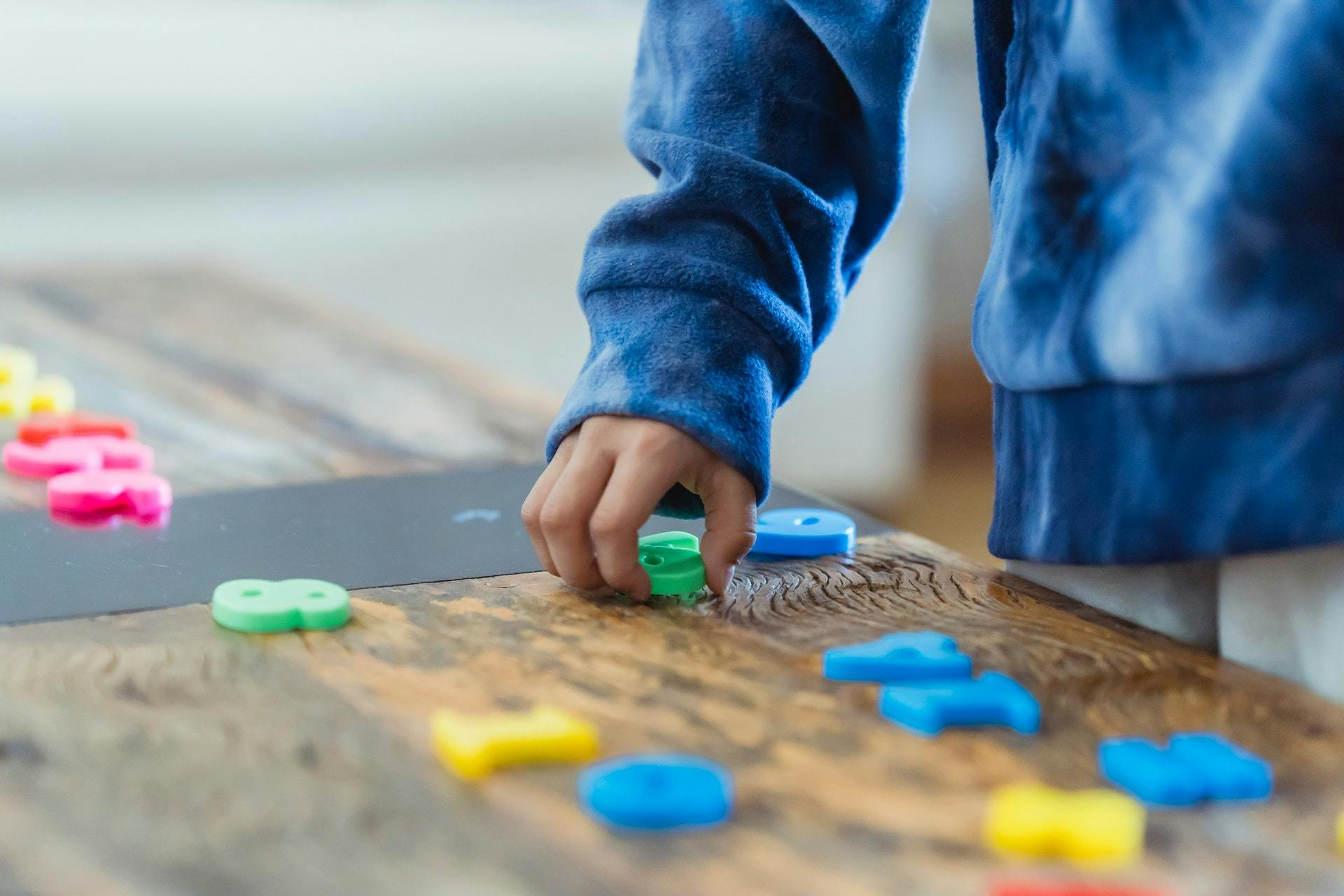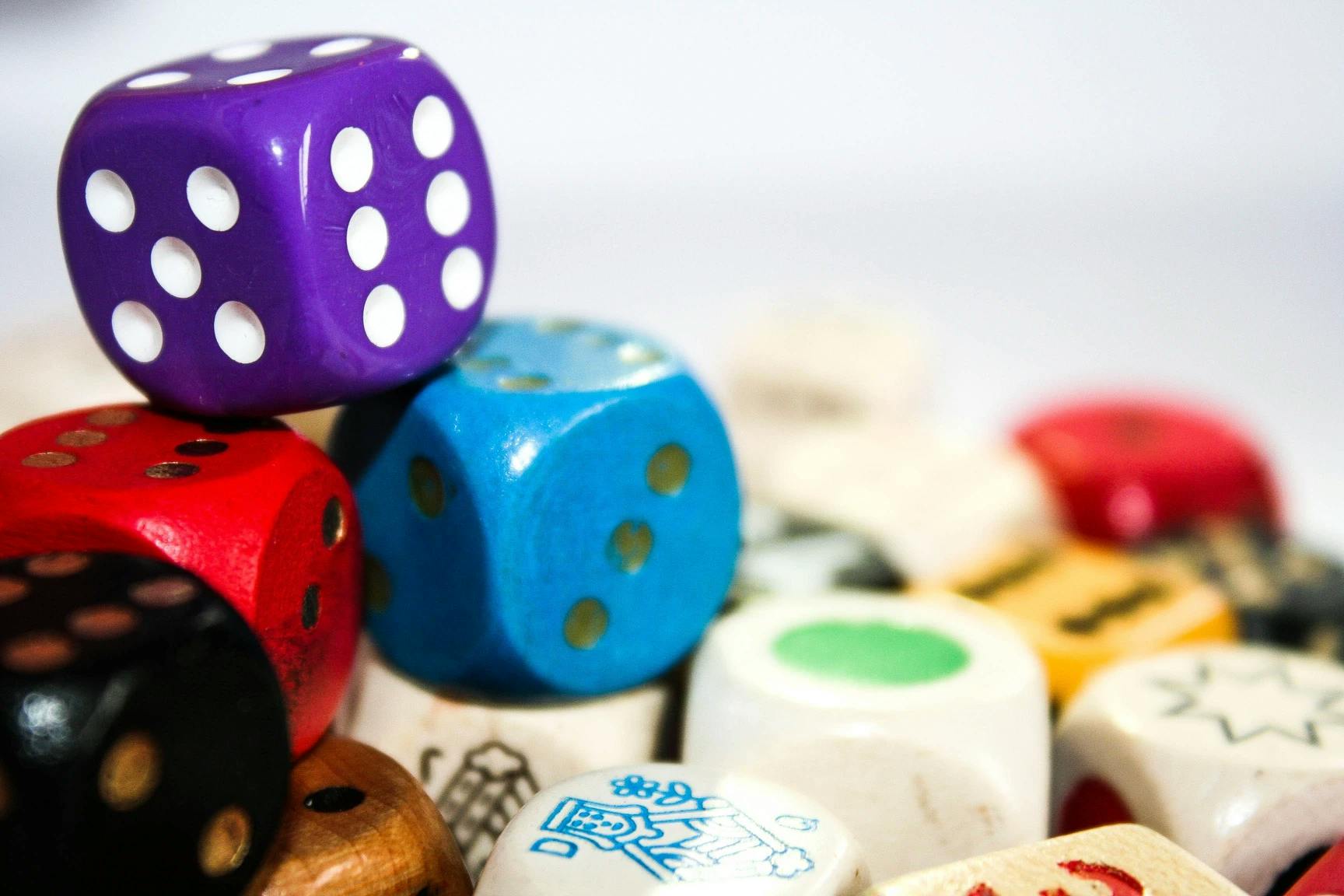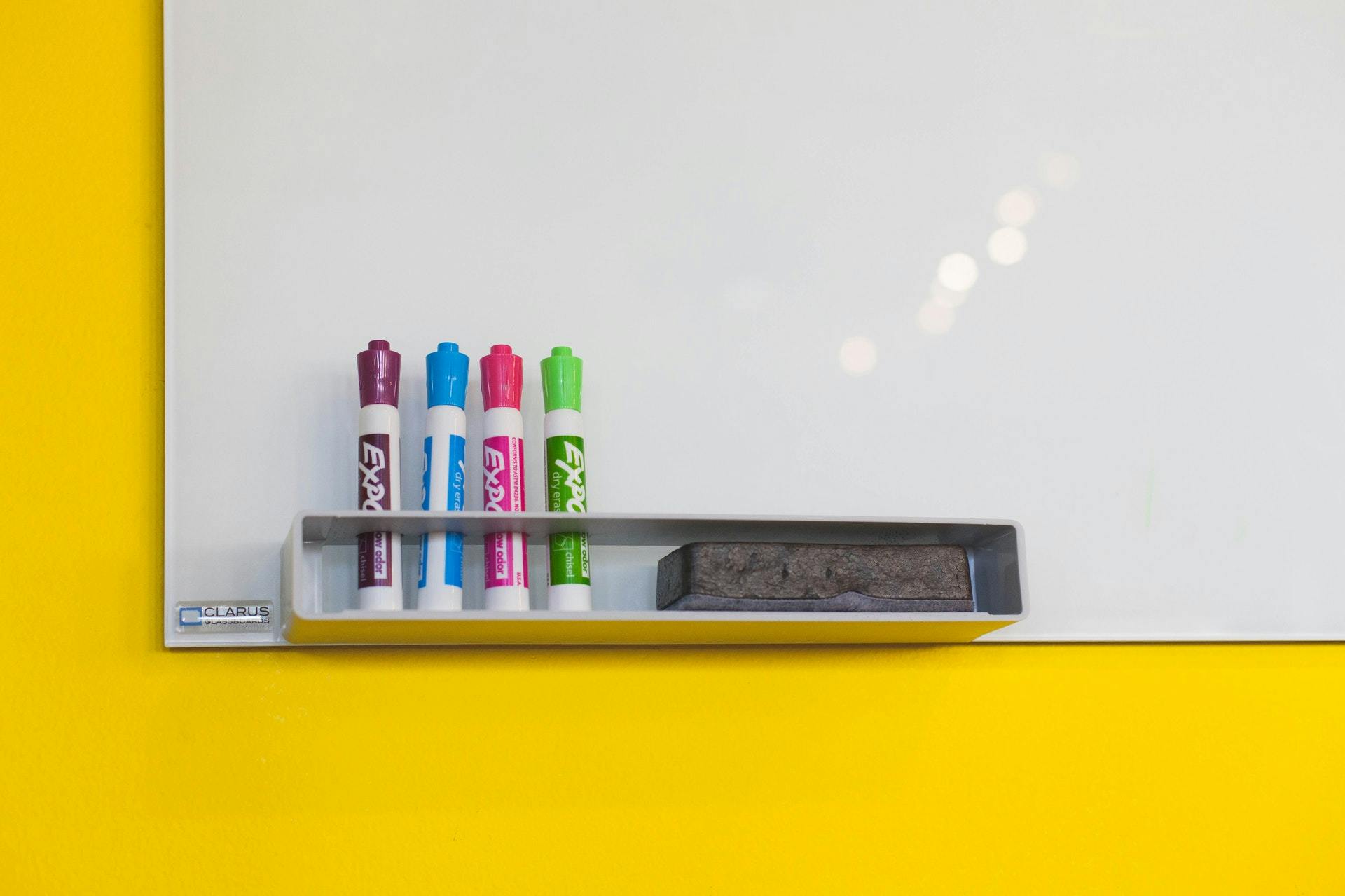21 Fun Classroom Games Every Teacher Needs to Try This Year

What do all kids around the world have in common? They love to play.
Classroom games are a great way to harness the power of play and use it to enhance your students’ learning experience. Not only are games fun and engaging, they can also:
- Help students focus better
- Present educational material in a new and interactive way
- Give the whole class an opportunity to get to know each other better
Keep reading for 21 fun games to play in class, then build them into your lesson plans for more learning!
Math games

When it comes to new math concepts, students usually need lots of practice to master them. Use these math games for kids to make math practice engaging and effective – all while building their problem-solving skills!
1. Prodigy Math
Best for: 1st to 8th grade
Be your students’ math classroom hero with Prodigy Math, an online role-playing game (RPG) that turns math into an adventure.
As students explore the Prodigy world, complete quests and earn rewards, their success depends on answering curriculum-aligned math questions. Prodigy’s adaptive algorithm meets students where they are and tailors questions to their learning needs.
Plus, you can align Prodigy to your classroom lessons! You’ll get tools to help you:
- Differentiate content for every student
- Engage your learners with a new and fun way to practice math
- Gather insights to inform the teaching strategies you use every day
Sign up for your free teacher account today and start making math class fun.
2. Math baseball
Best for: 3rd to 8th grade
Divide your class into two teams to play math baseball — another activity that gives you full control over the questions students answer. Here’s how:
- One team will stand at the front of the room and start at bat, scoring runs by choosing questions worth one, two or three bases.
- “Pitch” the questions using flash cards, which range in difficulty depending on how many bases they’re worth.
- If the at-bat team answers incorrectly, the defending team can respond correctly to earn an out.
- After three outs, switch sides.
- Play until one team hits 10 runs.
3. 101 and Out

Best for: 2nd to 6th grade
101 and Out is a fun and effective way to end math class! The goal is to score as close to 101 points as possible without going over.
Divide your class in half and give each group a die, piece of paper and a pencil.
Groups take turns rolling the die, using their best strategic thinking skills to either count the number at face value or multiply it by 10. For example, if the first person rolls a six, they can keep that number or turn it into 60.
This game gets competitive quickly, and boosts excitement levels in your math class!
4. Get the Math
Best for: 6th grade and up
Make math come to life with Get the Math, a site that prompts your students to solve challenges related to math in different careers and real-world situations.
The website contains videos with young professionals in fields like fashion design or video game development, explaining how they use math every day. You can assign challenges to your class after watching, some of which involve playing fun games.
For example, one of the activities challenges students to use different materials and measurements to design a shirt for less than $35.
5. Fraction War
Best for: 2nd to 6th grade
Always a classic, the card game War can help students practice basic math skills in a more engaging way than traditional worksheets.
This version teaches students the basics of fractions. Each student is dealt two cards, one numerator and one denominator. Once they calculate which fraction is larger, the person with the larger fraction wins and gets all four cards! Keep playing until all the cards are gone.
Not teaching fractions? No problem! Use War to give students practice multiplying or dividing with two cards, or challenge students to practice place value and build a number bigger than their opponents’.
English and spelling review games

Make english class F-U-N with these games that boost reading and writing skills. Use them to practice the week’s vocabulary words or give ESL students more practice.
1. Hangman
Best for: 2nd to 6th grade
Can your students solve the puzzle before the hangman is complete? Use this classic game to introduce new sight words to the class or review vocabulary.
Divide students into small groups with pads of paper, or stand up at the front and play as a class. Think of a word and put down one blank space for each letter. Have students guess letters, and write them in the blank spaces if they’re correct. If they’re incorrect, add another part to your stick figure.
You can also replace the hangman with a snowman for more festive (and kid-friendly) fun.
The game ends when students have either guessed the correct word or the hangman is complete!
You can even let your students take the lead in the game by asking one of them to choose the word, while the rest of the class attempts to solve their puzzle.
2. Bananagrams
Best for: 3rd grade and up
A portable take on Scrabble, Bananagrams is a fun way for kids to practice their word-building skills.
Using a set of tiles with letters on them, students have to create interconnected words and use up all their tiles. The group that finishes first with correctly spelled words is the winner!
Challenge students to play one on one or in groups to practice teamwork and cooperation.
You can purchase official Bananagrams tiles online, but you can also find printables to make your own or use Scrabble tiles.
3. Pictionary

Best for: 3rd grade and up
Another classic game, Pictionary, helps students attach meaning to words that might be unfamiliar to them. Plus, they’ll get to flex their art skills!
Divide students into two teams or groups, then give each student a pad of paper or a whiteboard with a marker. Have one student stand at the front of the room and draw a word you show them. While they draw, the team has to guess the word. If they guess correctly, their team gets a point!
4. Spelling bee
Best for: 2nd grade and up
Inspire a little competition with a classwide spelling bee. Using your list of vocabulary words, give the first person an opportunity to spell the word. If they need it, give them the definition or use it in a sentence.
If the student is correct, they get to stay standing and move on to the next round. If they’re wrong, they sit down and the next person gets a chance to spell. The student left standing at the end is the winner.
5. Beach ball analysis
Best for: 4th to 8th grade
Keep students engaged and active during reading comprehension lessons with a summer-inspired activity.
Get a beach ball with colorful stripes and write a question on each section about the story’s:
- Plot
- Theme
- Setting
- Structure
- Characters
As students catch the ball, they have to answer the question their fingers land on. Once they’re done, they can throw it to the next student!
6. Charades
Best for: 1st grade and up
Whether you’re working with ESL students or reviewing vocabulary ahead of a quiz, charades can help students connect meaning to new words.
As a class or in small groups, divide into two teams. Invite the first student up to the front of the room. Give them a word or phrase they can act out in front of their team without speaking. If the team guesses correctly in the allotted time, they get a point! Once the first team’s time is up, the second team can go.
Repeat for as many rounds as you’d like. The team with the most points at the end is the winner!
Active games

Do your students have ants in their pants and fingers that won’t stop fidgeting? These active games are great for getting out extra energy, taking brain breaks or even indoor recess activities.
1. Scavenger hunt
Best for: All ages
Send intrepid explorers on a mission to find hidden treasures! For an interactive learning experience, create a scavenger hunt that challenges students to find or collect:
- Items or facts during a class field trip
- Objects with different shapes around their house
- Different leaves and animals in their neighborhood
- Things hidden around the classroom linked to a vocabulary or language lesson
Whether it’s educational or just for fun, scavenger hunts are a fun way for the whole class to engage with the world around them.
2. Freeze dance
Best for: Kindergarten to 3rd grade
Sometimes you just need to dance it out. For a quick brain break, put on some fun music and encourage your students to stand up and dance away — the sillier the better.
When the music pauses, they have to freeze in place. Any student who unfreezes before the music starts again is out!
3. GoNoodle
Best for: Kindergarten to 5th grade
GoNoodle is a tried-and-true favorite of many teachers. Colorful videos and engaging activities promote social emotional skills, active living and academic success!
Whether you need activities for indoor recess or just fun ways for students to get moving more, GoNoodle worked with child development experts to create content that’s engaging and appropriate for young eyes and ears. Students can also complete activities at home to stay mindful and focused, even when they’re not at school.
Teachers can sign up for a free account, or upgrade to a GoNoodle Plus account starting at $10 USD/month.
4. Yoga
Best for: All ages
Not only does yoga help students stretch out the wiggles in their body, it can also help cultivate mindfulness!
Lead your class through some easy stretches as a fun mid-day break or to get them energized first thing in the morning. Whether it’s downward dog or just stretching towards the sky, they’ll benefit physically and emotionally.
5. Minute to Win It
Best for: 4th grade and up
Based on the game show, Minute to Win It games challenge the whole class to complete simple (or not-so-simple) tasks in under a minute. These interactive games help promote a little healthy competition in your classroom and provide hours of fun.
Some challenges include:
- Speed stacking paper cups
- Rolling a coin between the tongs of a fork
- Building a tower out of spaghetti and string
- Getting an Oreo from your forehead to your mouth without using your hands
Set up a couple different stations and divide the class into small groups. Rotate groups through each activity so the whole class gets a chance to participate.
Team-building games

Want to inspire some classroom unity and get students to work as a team? These games encourage students to put their heads together and solve problems.
1. Icebreaker games
Best for: 5th grade and up
If you have a new class or a group of students who need to get to know each other, icebreaker activities can help:
- Boost morale and motivation
- Get students working together
- Build a rapport between students
Short and easy, icebreaker games are a fun way for students to introduce themselves. Ideas include:
- Get students to line up by height, birthday, shirt color or any other characteristic
- Play bingo, where each square represents a characteristic and students have to interact and learn more about each other to fill out squares
- Start off the class with a short sentence. The next person has to add to the story without repeating information or getting stuck, so see how long you can keep it going!
2. Jeopardy!
Best for: 6th grade and up
Turn your classroom into the set of a gameshow and bring out your best host impression! Divide the class into two teams and challenge each to answer questions and earn points.
Whether you’re reviewing concepts from class or just testing their trivia knowledge, Jeopardy! encourages teams to work together to answer questions. Plus, there are lots of free templates to help you build your game quickly.
3. Human knot
Best for: 3rd to 8th grade
This is a simple game, but great for teaching students the importance of communication and working together.
Have students stand in a close circle with their arms out in front of them. Each student must randomly grab someone else’s hand (but never the same person twice). The goal is to organize themselves into a perfect circle without letting go. For an extra challenge, time your students to see how long it takes them to untangle their knot!
4. Hula hoop chain

Best for: 2nd to 6th grade
This game also promotes coordination and teamwork! Students stand in a circle and join hands with the person next to them.
Before the circle is closed, place a hula hoop around one student’s arm. The objective of the game is to communicate with team members and pass the hula hoop around the circle without letting go.
Have students close their eyes or blindfold them for more difficulty, or divide the class into two teams and race.
5. Hands-free cup stacking
Best for: 5th grade and up
For this activity, you’ll need:
- 6 paper cups
- A rubber band
- 6 equal pieces of string
Tie the strings around the rubber band and divide your class up into small groups of six (or whichever number words best). Each student holds one string and has to help their team stack the cups into a pyramid by using the rubber bands to grab the cups.
Remember — no hands allowed, so students will have to communicate and work together to complete the task.
Classroom games enhance teacher and student experiences
Every classroom is different, so keep trying new classroom activities and customize them to what your students need.
Whether you want to engage your students during a lesson, occupy them during an indoor recess or build teamwork skills, classroom games can help you keep activities educational and fun. That sounds like a win-win to us!
Prodigy Math and Prodigy English help teachers engage students through the power of digital game-based learning. Success in Prodigy requires students to correctly answer curriculum-aligned questions adapted to their learning needs, and gives teachers more ways to make math class fun! Sign up for your free teacher account today to get started.



